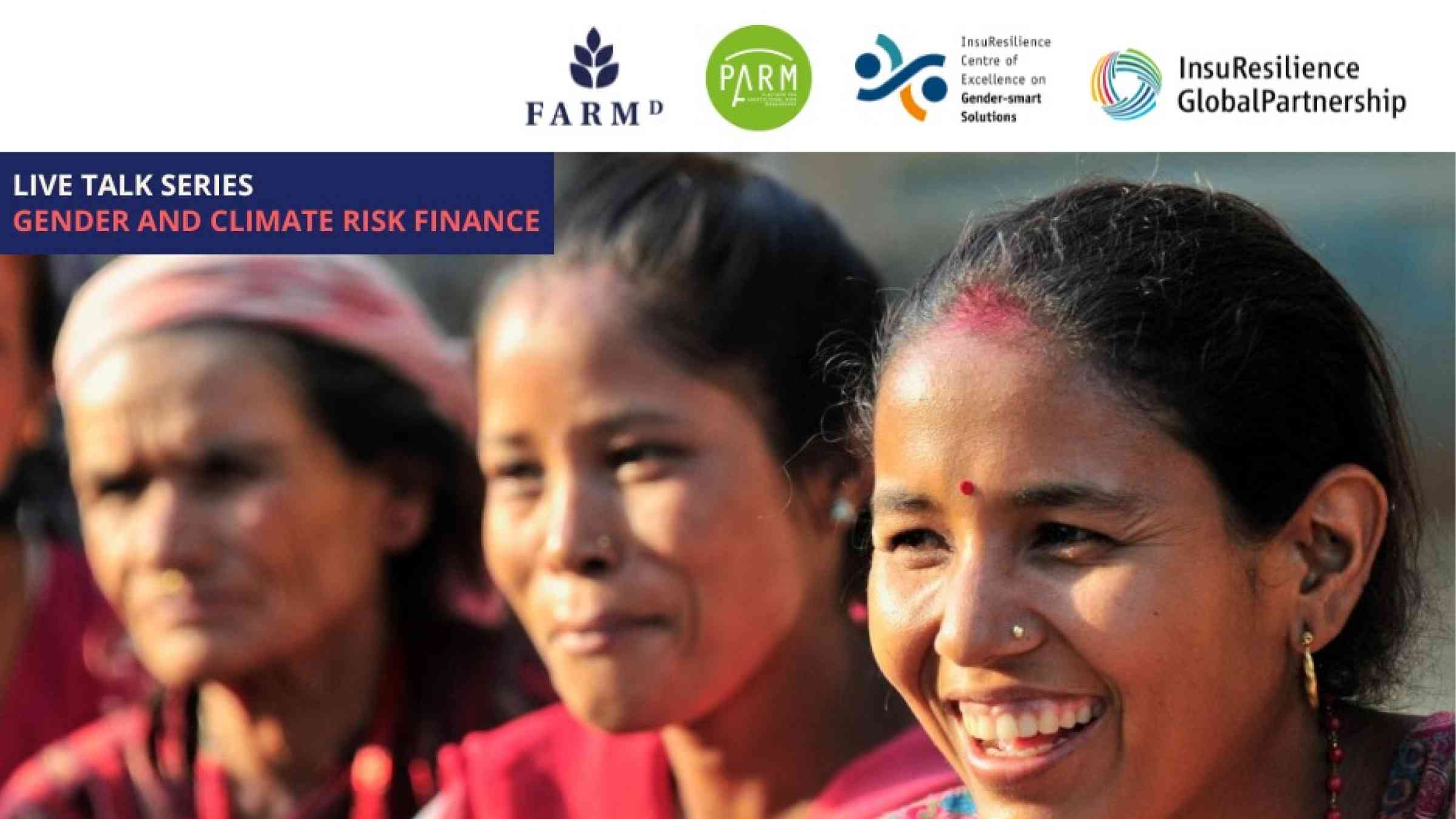Live Talk Series: How CDRFI policies and programmes can address gender-based violence (GBV)

Time
2:30 p.m. (GMT+1)
About
Gender-based violence (GBV) may result from macro and micro-level climate risk insurance (CRI) pay-out and non-pay-out situations both at the intra-household level and at the community level. This in particularly a concern in a CRI operating context where there are existing high levels of GBV. As such, there is an identified need and opportunity to identify and integrate considerations related to GBV into climate and disaster risk finance and insurance (CDRFI)-related programming. In this context, this webinar will explore the question of what actions can CDRFI policies and programmes take to address gender-based violence (GBV)?
There is an acknowledged need for guidance to understand how to address the potential of GBV within CRI programming. While there is a literature gap in resources that focus specifically on insurance pay-outs and GBV, lessons can be drawn from resources that focus on the intersection with GBV with social protection and humanitarian action related cash assistance, cash transfers, cash and voucher assistance (CVA), and G2P payments, as well as guidance that focuses on women’s financial control towards their economic empowerment. Furthermore, in absence of existing guidance insights generated through the CoE technical advisory facility (TAF) facility will be shared on how CDRFI policies and programmes can consider and address GBV.
Live Talk Objectives: The objectives of this webinar are to:
- Set out the case for considering gender-based violence risks related to CDRFI; and
- Discuss examples of good practices and gaps for considering GBV risks in CDRFI;
- Explore recommendations for future action on the intersection of GBV and CDRFI